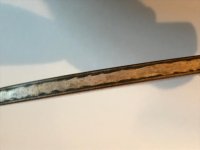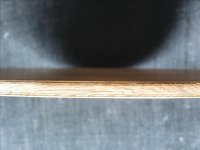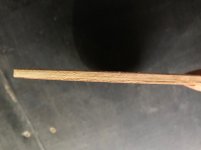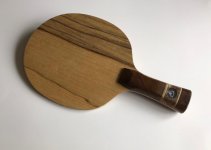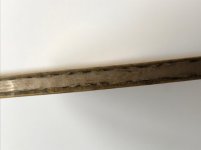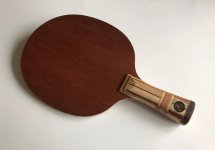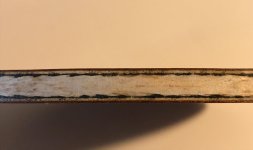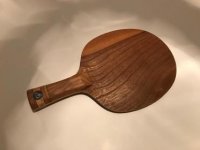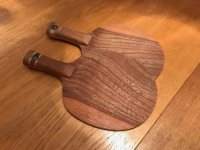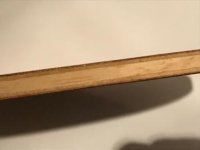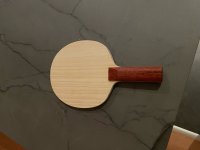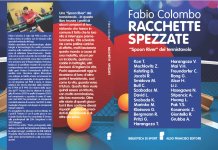A few new blades, the first 3 are for colleagues from 2 of the different clubs I play with.
1) This is another of the cedar - textreme - douglas fir - kiri; 88g and 5.8mm thick. I do like this blade and so do a lot of other players. It has a really crisp feel but had loads of control. This is for Maurice who plays close to the table and takes the ball early. He picked this one after spending a good few hours testing! He's pairing it with Tibhar Evo rubbers. For those who may have read the Blade Builders thread, the mahogany for the handles was a skip find. Originally a pair of desk drawers!
View attachment 17593
2) and 3) These were 'ordered' at the same time so I made them side by side. This one is for Aaron, who now has 4 of my blades, this is also the second of this composition, he wanted a slightly different handle shape with it being more rounded.
Aaron is a level 3 coach and plays mid-distance strong topspin. It's great to get to play someone this good and get feedback on my blades from him. His topspin backhand is just awesome! He pairs this with Andro Rasanters and it's fast. Definitely an off+ set up. The brief for the handle was 'Egyptian'. The composition is Brazilian mahogany - ayous - twarron carbon - balsa. It's 7.2mm thick and 85g. The control is really good but it has a few extra gears which really works for his offensive/heavy spin game. The handle is anatomic, thicker than normal but rounded. It was based on an Andro Blax handle.
View attachment 17594
Here is a another view of the handles before they were glued on. Mahogany, beech, yew and walnut.
View attachment 17597
The second is the same but with a camphor burl and mahogany handle. This is for Sebi who has also has Rasanters on it.
View attachment 17595
4) This one is my first all wood blade made with epoxy. It has a slightly larger head size, 159 x 153 and is elm - ayous - ayous. 5.8mm thick and 91g. I've been wanted to try elm as an outer ply for a while, it's properties suggest it will be softer version of koto but not as soft as limba. My aim was for a controlled looping machine! I've not had chance to test it yet but a bounce test suggests all+ to off-. When I get chance I would like to build a hide glue version of this blade to see how the two compare.
The handle is also elm with some yew and basswood. I like to keep the handle simple when the outer veneer is complex. It's also a slightly different handle design.
View attachment 17596







